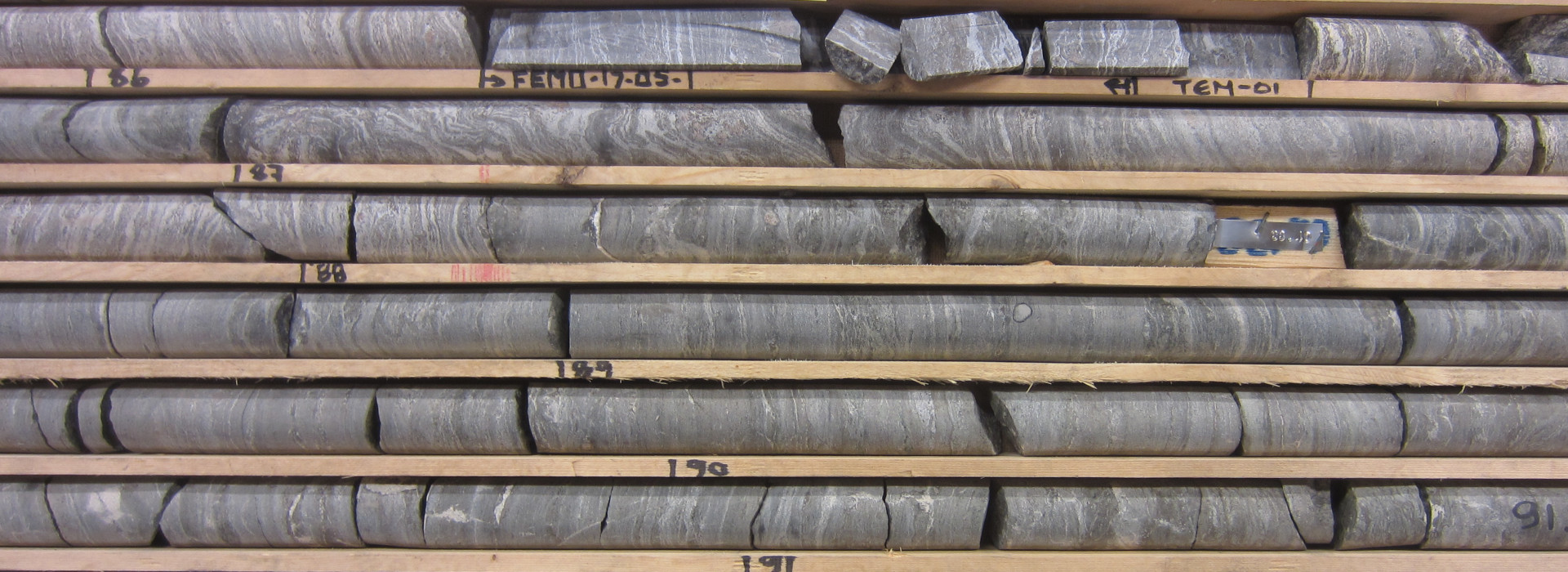New research to be undertaken by a joint effort between researchers at the Karlsruhe Institute of Technology Chair of Geochemistry and Economic Geology (Dr. Sara Rose Kimmig and Prof. Dr. Kolb) and the State Museum of Natural History Karlsruhe (Dr. Julien Kimmig) was recently awarded 10,000€ for the KIT Future Fields Stage 1: Generating Ideas. The research aims to characterize natural and diagenetic enrichment of trace elements, in particular rare earth elements (REEs), in modern and fossil horseshoe crabs and the sediments in which the fossils are found. As fossils are an underutilized resource in the initial exploration of critical mineral deposits, the goal of this research is to test their utility as an initial screening tool for exploration and fingerprinting of new critical mineral deposits to sustain future economic needs.

